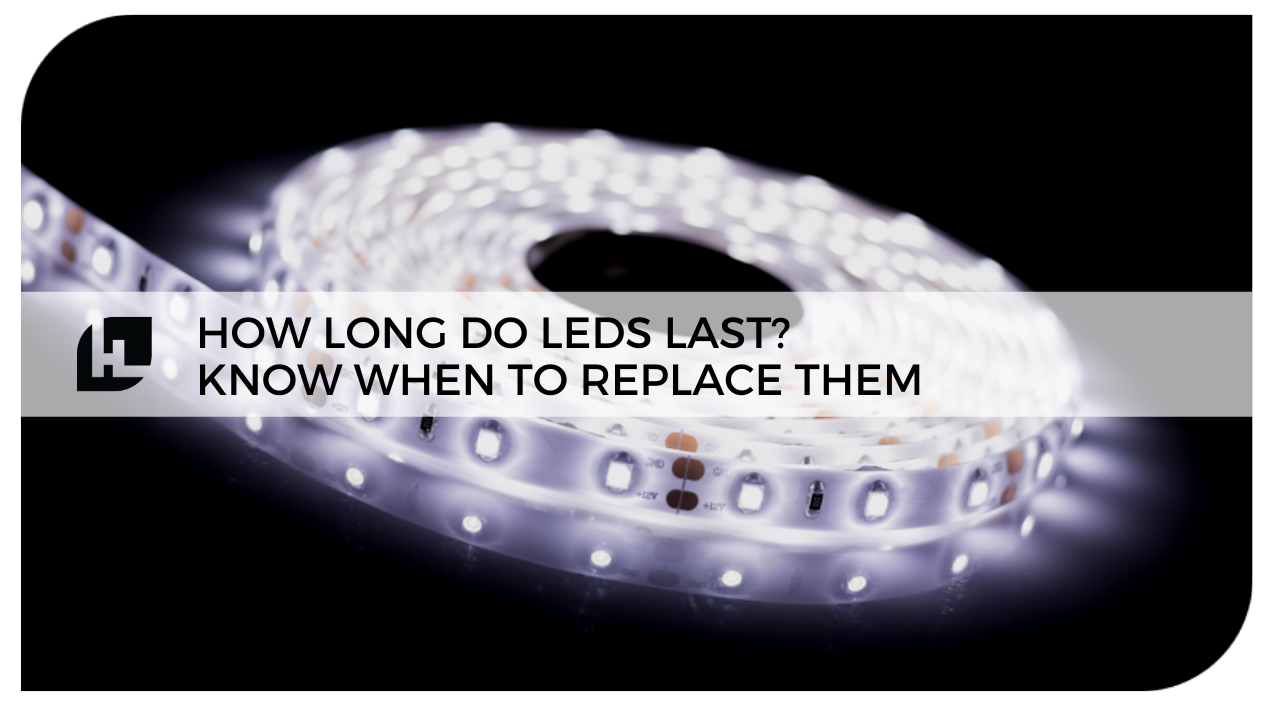If you’ve ever purchased outdoor LED strip lights or are considering getting them, you’d notice that they cost a bit more than traditional light bulbs upfront.
As someone looking to invest in worthwhile lighting, you’re likely wondering how long LEDs would last you. On that note, it’s also handy to know as early as now what to look out for, so you know when your LEDs need to be replaced.
Average Life of LEDs
Though the technology behind LEDs makes them more durable and longer-lasting than incandescent lights in general, there is still a lot of variation when it comes to the quality of LEDs, which makes any ballpark average life misleading.
Unlike incandescent lights, LEDs don’t just stop working. Instead, their ability to shine bright decreases over time.
As a general rule, LED manufacturers put a lumen maintenance rating on LEDs to help users know their expected lifespan. This rating doesn’t tell us when the LEDs completely stop working, but they tell us when the LED stops working within a certain percentage of its full lighting capacity.
This means that when an LED has a label that says L70 of 50,000 hours, it is expected to perform at least 70% of its lighting capacity for 50,000 hours. Meanwhile, if an LED is labeled L50 of 30,000 hours, then it is expected to shine at least 50% of its original brightness after 30,000 hours of operating.
Even so, because LEDs continue to light up even past the number of hours indicated in their ratings, one can say that the average life expectancy of an LED is around 50,000 hours. If left running for approximately 10 hours a day, this means an LED can operate well beyond 13 years.
Compared to other lighting alternatives, LEDs are some of the most long-lasting—not to mention, they are also energy-efficient and low-heat lighting options available today.
When to Replace LEDs
Just because an LED is still working doesn’t mean you should keep using it. As mentioned earlier, LEDs don’t just stop lighting up the way incandescent light bulbs do. Instead, their brightness diminishes. Given this property, LEDs are usually replaced well before they actually expire.
One of the trusty rules of thumb when it comes to maximizing the use of LEDs is to replace them when they have become too dim for their intended use. This is highly subjective and would differ greatly if an LED is used as a primary light source for a room or if it’s used for dim lighting as decor or backlight.
If you’re unsure whether to keep LEDs or replace them, another indicator is their lumen maintenance rating. If an LED is past its intended lumen maintenance rating indicated by the manufacturer, then one can already replace them because they are already performing below ideal capacity.
This can mean anything from below 70% capacity or below 50% capacity, depending on the type of LEDs. Just remember, an LED room lamp is likely to have a different rating than an LED strip light.
Buy UL-Listed LEDs
Now that you know how long LEDs can serve you, check out our UL-listed LED lights with up to six years warranty, so you can enjoy worry-free LED lights, LED strip lights, and outdoor LED strip lights.
You may browse through our collection or contact us at 855-768-4135 at HitLights today!

